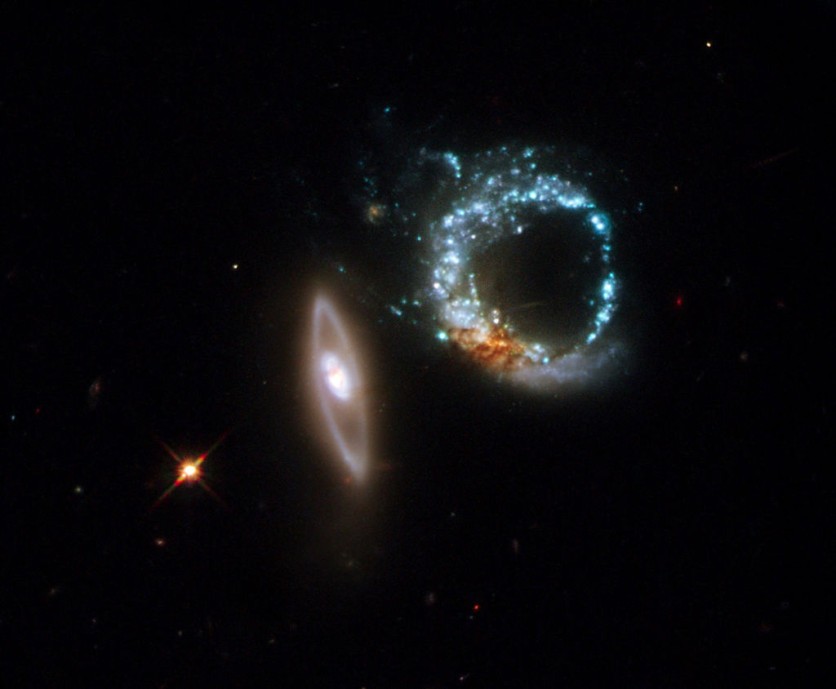NASA is set to launch an artificial star into space to refine the accuracy of astronomical measurements. The mission, called Landolt, features a toaster-sized device equipped with eight lasers that would mimic the light from stars and other celestial objects.

NASA to Launch Artificial Star Into Space: The Landolt Mission
The $19.5 million Landolt mission aims to enable scientists to make more precise measurements of stars. This data could also aid in studying dark energy, the elusive force believed to drive the universe's accelerated expansion.
George Mason University will host this unique mission, which was named in honor of the late astronomer Arlo Landolt, who created the influential stellar brightness catalogs in the 1970s and 1980s.
The artificial star, scheduled for launch in 2029, will emit light at a known rate of photons. Researchers aim to develop new stellar brightness catalogs by observing them alongside real stars.
The artificial star will orbit Earth at a height of 22,236 miles, appearing as a star to telescopes on the ground. This orbit allows the star to move at the same rate as Earth's rotation, keeping it fixed over the United States in its first year in space.
The payload will be developed in collaboration with the National Institute of Standards and Technology (NIST). Faculty and students from Mason's College of Science and College of Engineering and Computing will join forces with NASA, NIST, and nine other organizations on this mission.
The Landolt mission aims to tackle several astrophysical challenges, such as understanding the universe's expansion speed and acceleration, by placing an artificial star in orbit.
Read Also : NASA's Hubble Space Telescope Unveils New Image After Changing to Single-Gyro Operating Mode
Improving the Accuracy of Measuring Stellar Brightness
The mission's focal point is enhancing telescope calibration to significantly improve the accuracy of measuring stellar brightness across a range of celestial phenomena, from nearby stars to distant supernovae in faraway galaxies.
The team plans to launch a small satellite equipped with various lasers into space to achieve such precision. These lasers will emit consistent and well-defined brightness levels, surmounting the limitations of ground-based telescopes.
Jamie Tayar, an assistant professor of astronomy at the University of Florida, emphasized that much of our comprehension of the universe hinges on our ability to gauge the brightness of celestial objects.
Tayar will be part of the mission team. She expects the mission to establish a benchmark in comprehending star brightness, resulting in more accurate assessments of their dimensions, magnitude, and age.
"The goal is to be able to figure out, for other planets orbiting other stars, whether they too could have oceans where life could presumably arise and live," Tayar said in a statement. "For each star, you need to know exactly how much energy is coming from the star, and exactly how far away the planet is, and so on."
Related Article : NASA's Hubble Space Telescope Captures Mesmerizing Image of Sweeping Spiral Galaxy 43 Million Light-Years From Earth

ⓒ 2026 TECHTIMES.com All rights reserved. Do not reproduce without permission.




